After repeated request for “have you anything better” MCRU introduce their flagship fully regulated linear power supply “The Pinnacle”. Now we have a MKII which is even better.
With thousands of power supplies sold globally and many awards we know our power supplies work very well and transform the sound quality of anything powered by them, proven by numerous 5 star reviews and existing user feedbacks.
The Pinnacle is our best power supply yet and utilises every upgrade we offer and elevates performance into a different league.
Pure silver japanese cable from small case to dc plug and UP-OCC cable from small case to large case. We also offer the Pinnacle with a pure silver micro usb connector cable for the Chord Qutest DAC and Raspberry Pi variants. The cable is covered in carbon infused polyester sleeving to prevent pick up of RFI.
The back panel of the power supply is fitted with a Furutech rhodium plated audiophile IEC inlet to attach the power lead, this is fitted with the Synergistic research quantum Purple fuse, the best fuse there is.
We have trialled various isolation supports and platforms over the years and Black Ravioli provide the best solution amd have deisgned us an isolation stand especially for our power supplies to dissipate internal energy from the power supply and offer the best possible performance.
MCRU are often asked what’s the best power lead to use with your power supplies, we now recommend the MCRU No. 752 and this is also included in the package with the Pinnacle, 1.2 metres long as standard with either UK – EU – USA or Australian mains plugs.
The Pinnacle is rated up to 2.5 amps current, it is configured and built to order for your chosen item of equipment, please specify what you are powering when you place your order.
120/230v input and DC output from 5V to 24V, maximum current 2.5 amps. The 752 will be fitted with the mains plug to suit your country, UK, EU, AUS, USA plugs are available.
The Pinnacle is available with silver main case and either silver or black end panels.
The design thoughts behind the Pinnacle are below.
When thinking of regulation, it’s worth remembering the Roman god Janus. Who was the god of gateways, and was a two faced god looking in both directions. Likewise a good voltage regulator is required to look in both directions at once. From one direction you have the mains supply, with the ever increasing noise, distortion and random variation that exists on our household mains supply. In the other direction you have the device you are supplying power to. The load will be asking constantly varying current, and the job of the regulator will be to ignore the varying load and to supply a rock steady voltage that ignores the changing load.
To ask a single regulator to perform both tasks means that it can not do either as well as it could. We don’t ask our regulators to be two faced, we split the two functions into two separate regulators and put them both where they can do the best job.
The first regulator is close to the mains supply, its job is to take the incoming mains and convert it into a low(ish) noise DC supply, and to isolate the mess that is our household power lines from what follows. In most power supplies on the market, the output of the first stage would be directly connected to the load device, and that would certainly be an improvement over the supplies that most manufactures provide. But we can do better by adding the other face of Janus to the system.
The second regulator is supplied with a clean low noise supply, and its job is to handle the changing demands of the load. To do that, it needs to be as close to the load as possible. So we remove the second regulator from the main box, and place it close to the load, both electrically and physically, that removes it from the noise and interference of the mains supply, and allows it to spend its time looking towards the load. Typical commercial voltage regulator chips are general purpose devices, but are not quiet enough for the task on hand, so the second regulator uses a bespoke regulator based on a low noise multi stage filtered voltage reference, a low noise error amplifier and a high current low resistance mosfet. To allow it to handle the changing load it also needs to supply current on demand, so all the remaining space in the second regulator is filled with low impedance capacitors to act as a local energy source.
Using the two stages of regulator, we achieve a noise floor equal or better than most battery supplies, and a effective source resistance of the order of 0.02 ohm (and the short cable run to the load avoids increasing this valve by adding copper where its not needed, and the use of a discrete regulator design allows that tiny value to be maintained way above frequency any audio device operates at.


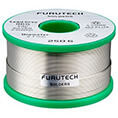
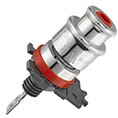
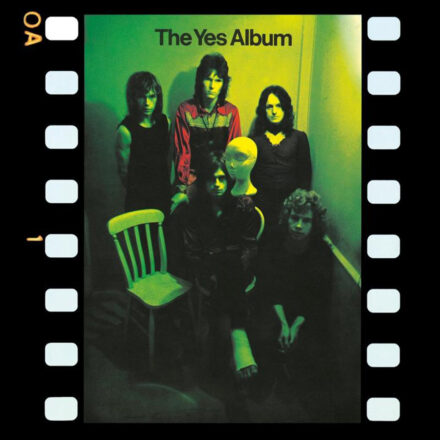
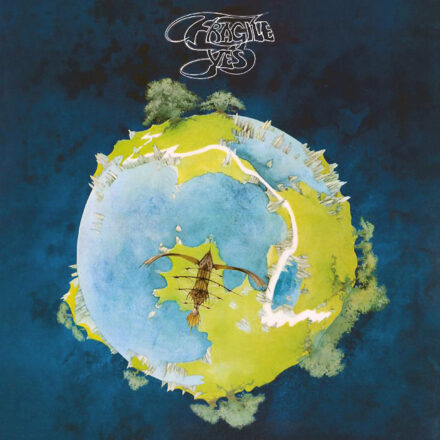







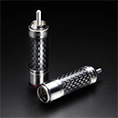
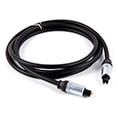
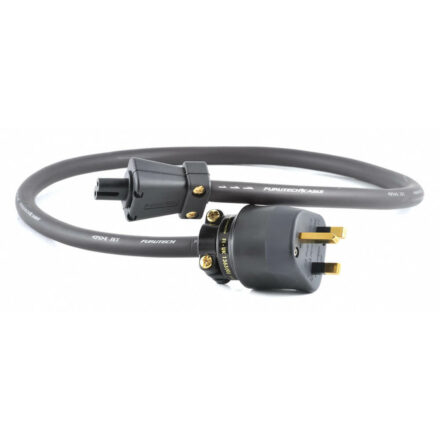
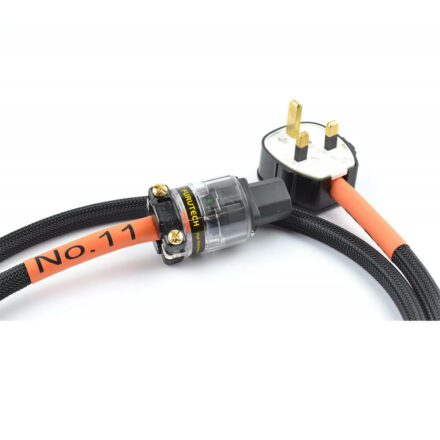
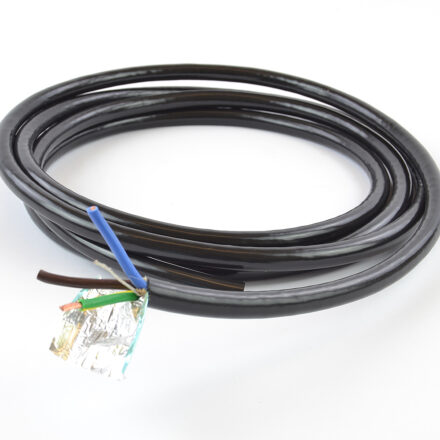
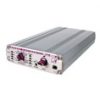
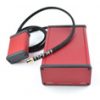
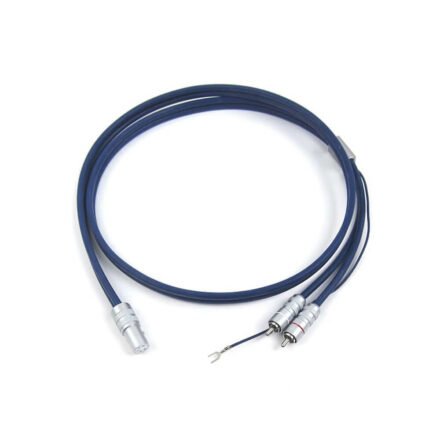
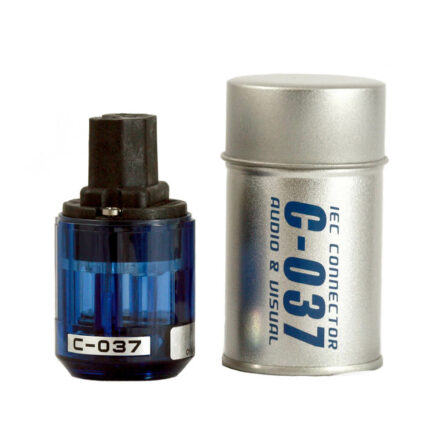


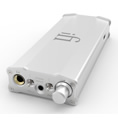
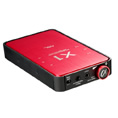
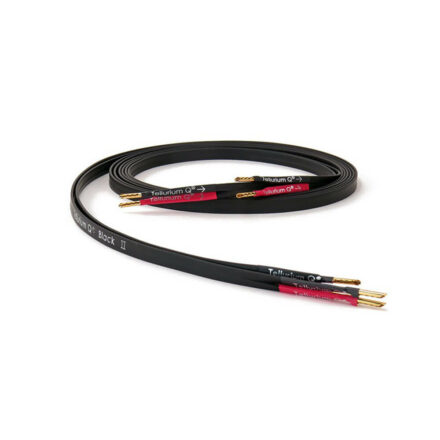
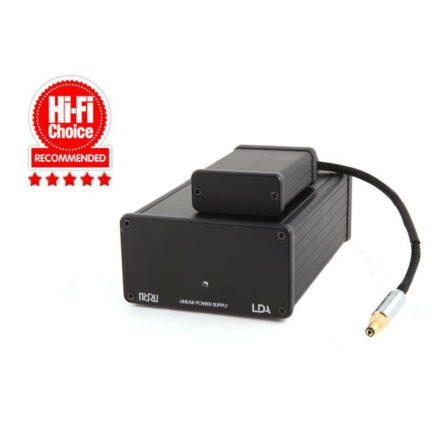


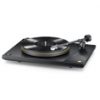
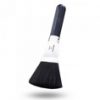
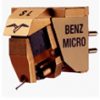





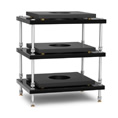

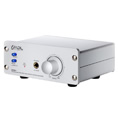
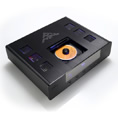

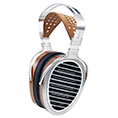





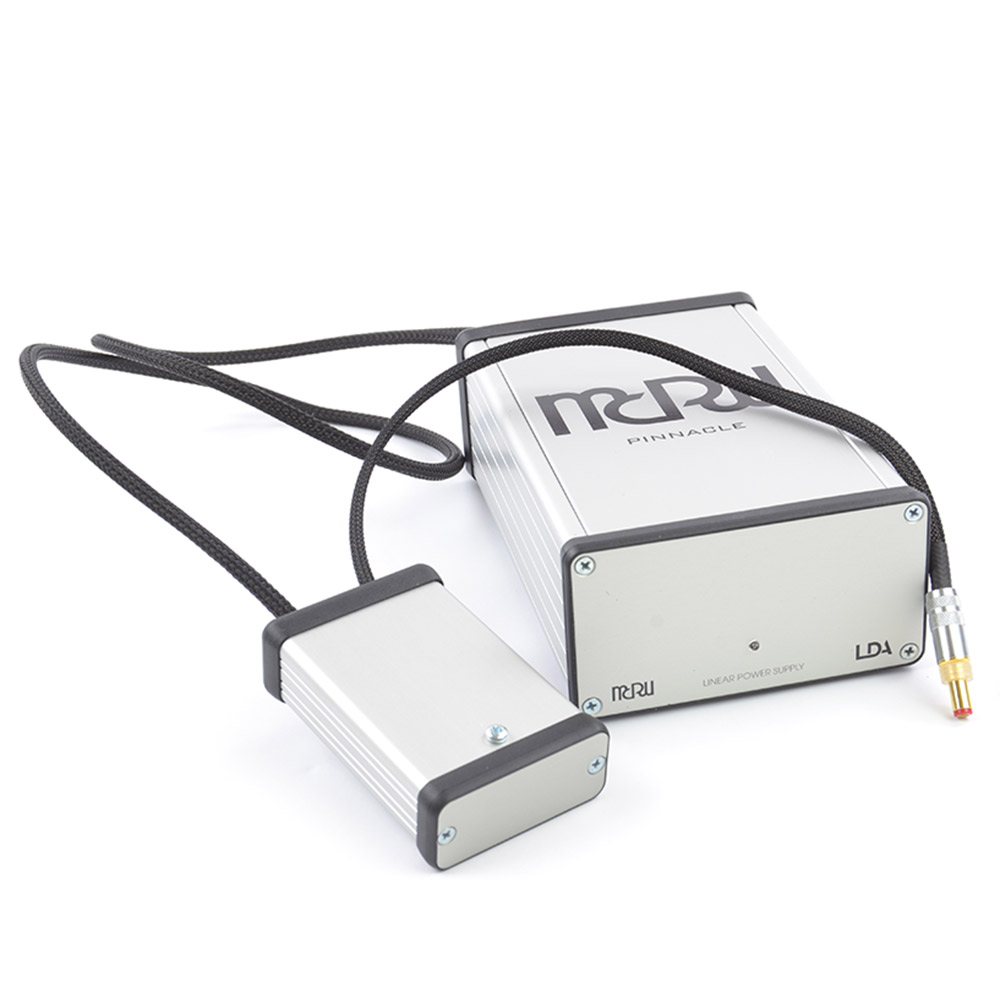
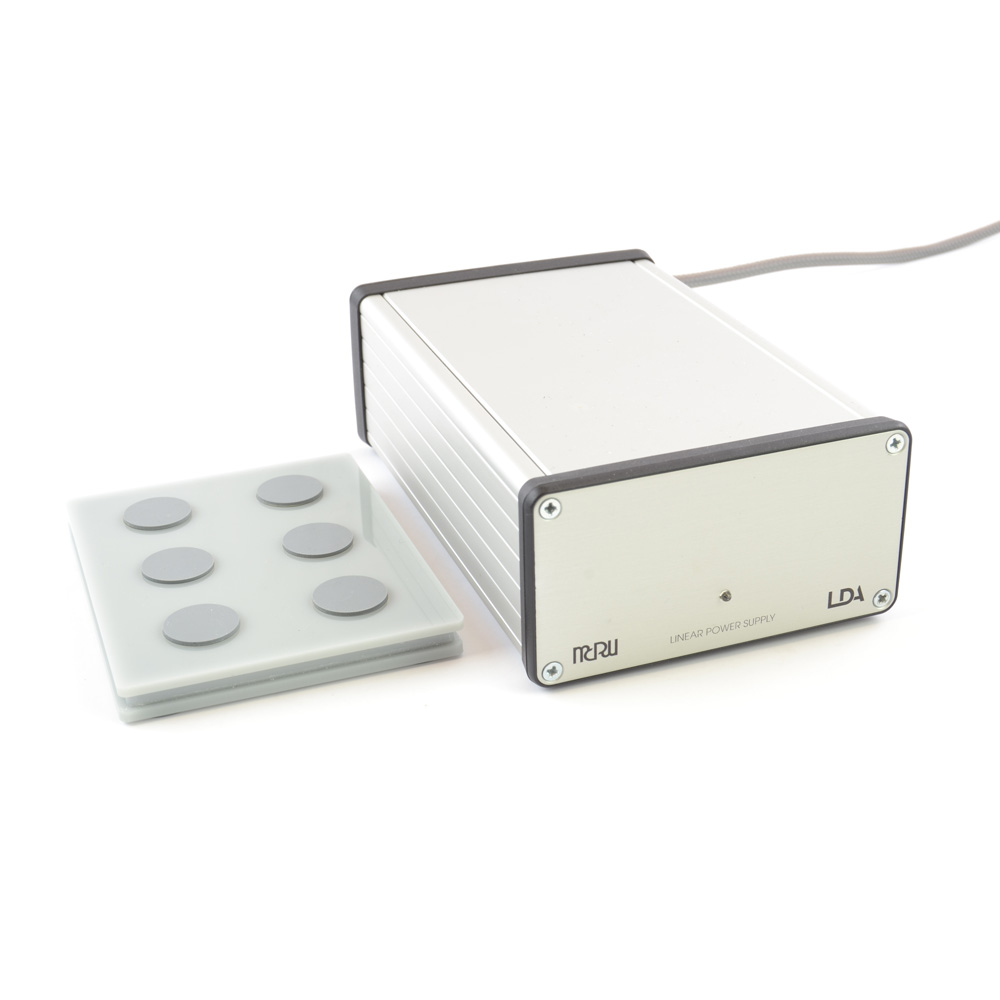
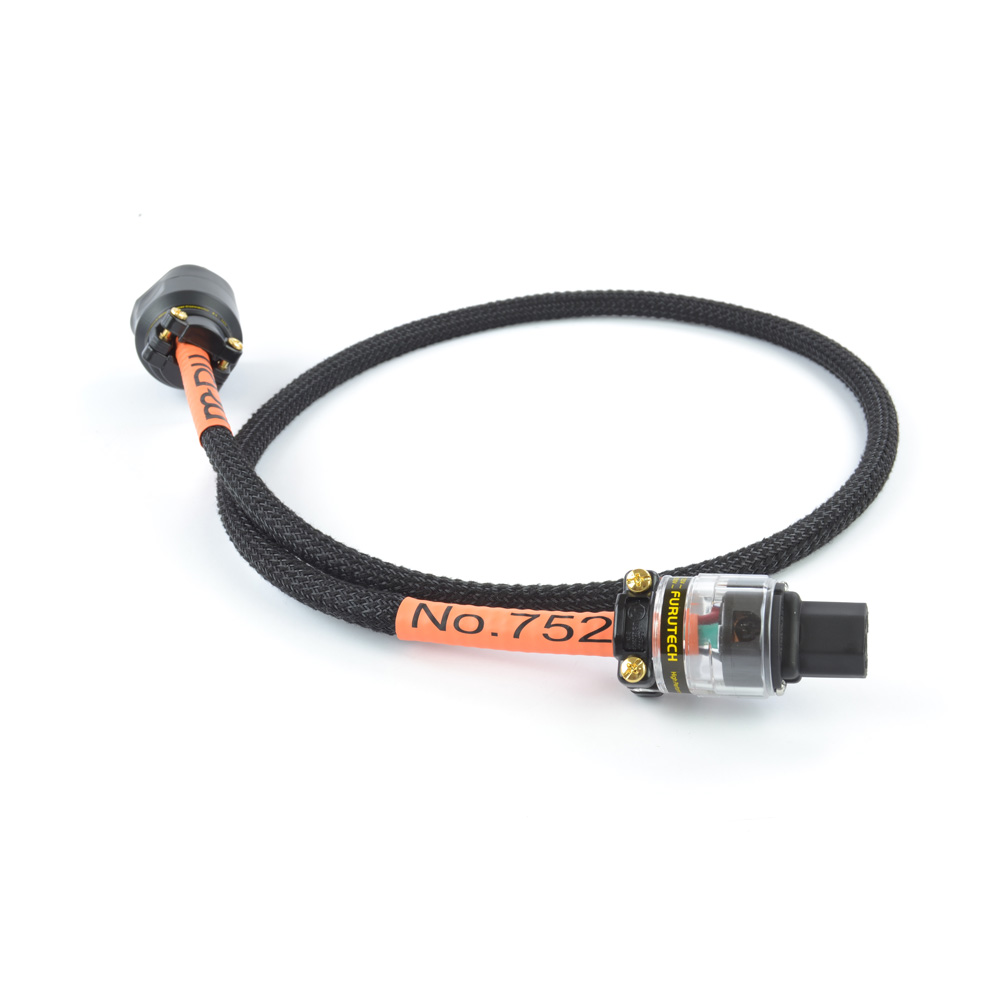
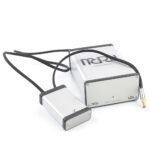
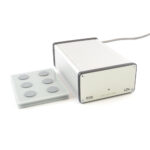
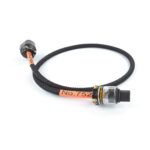

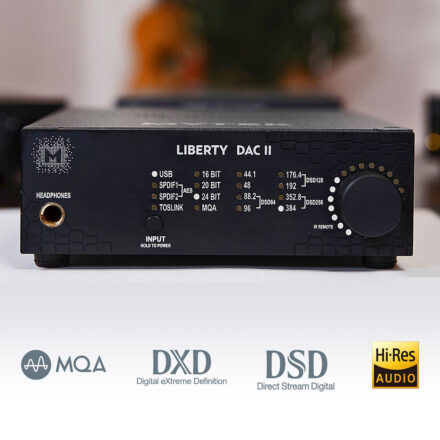

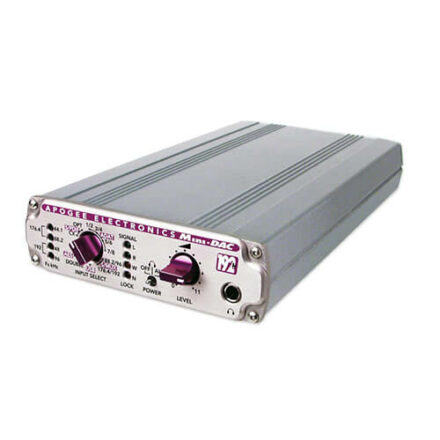
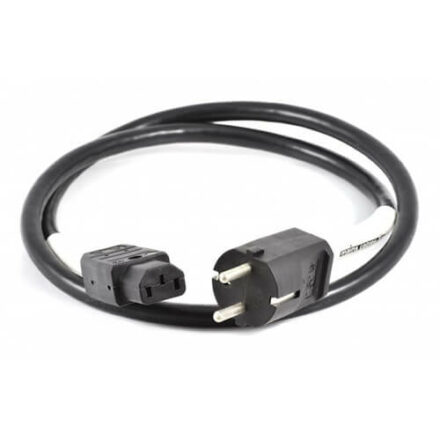
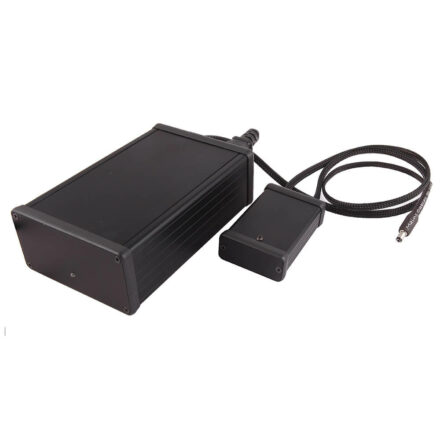
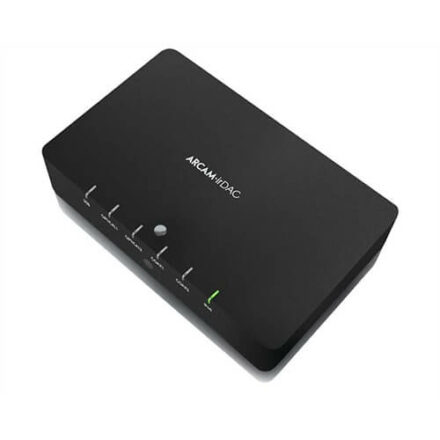
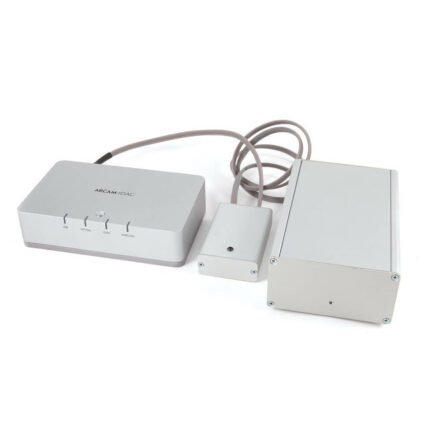
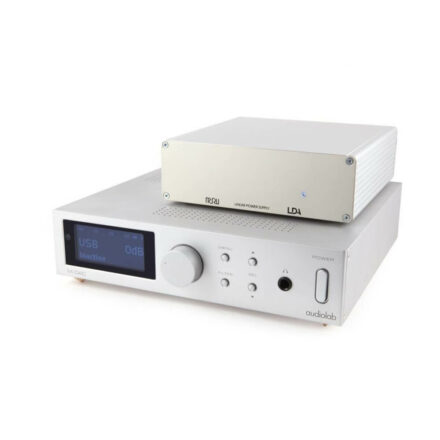
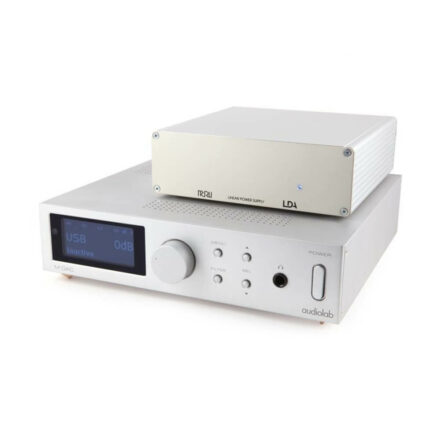
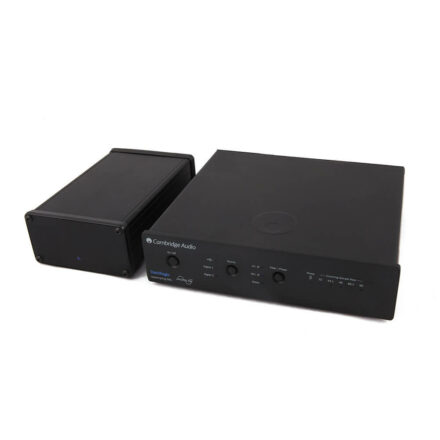
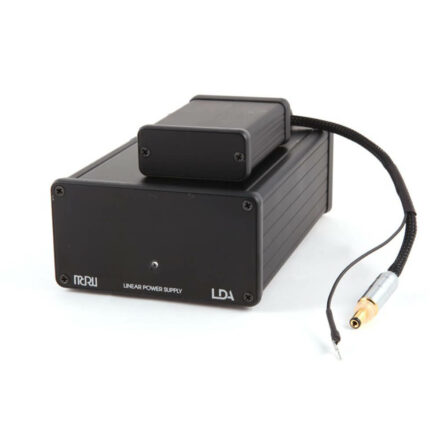
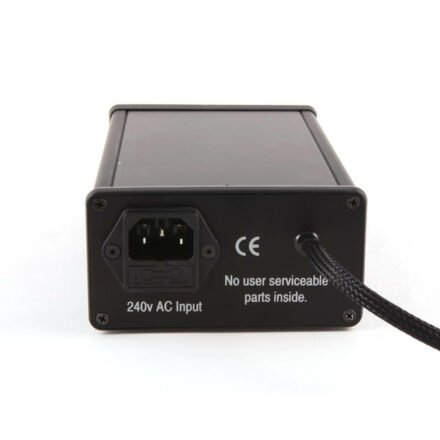
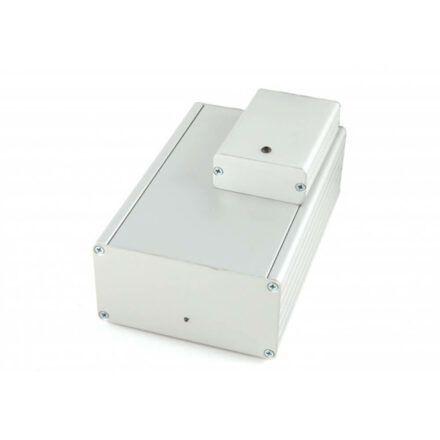
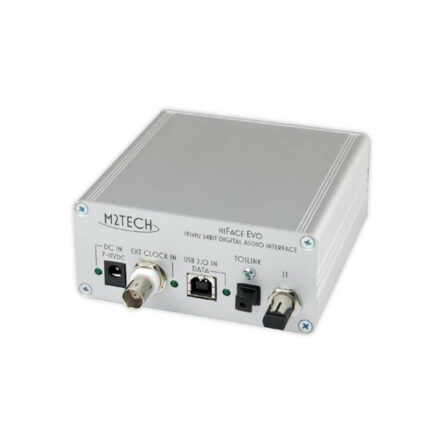
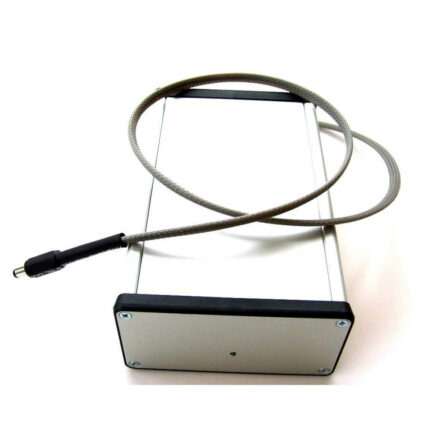
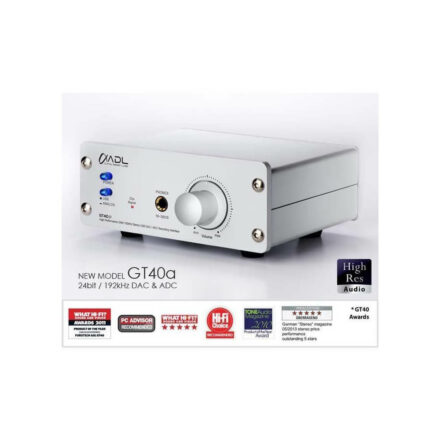

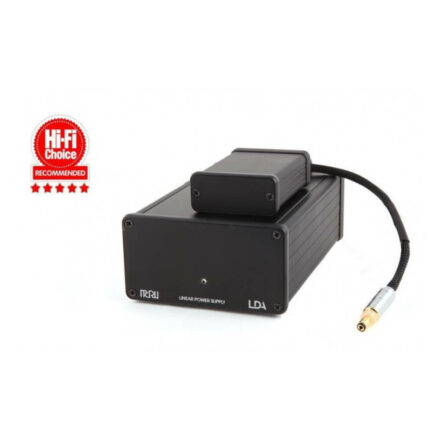
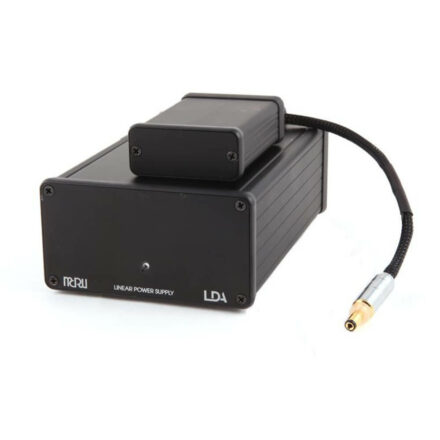
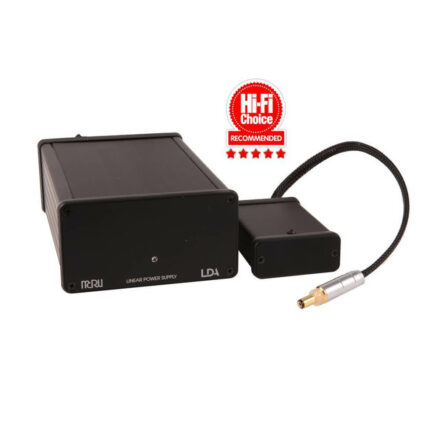


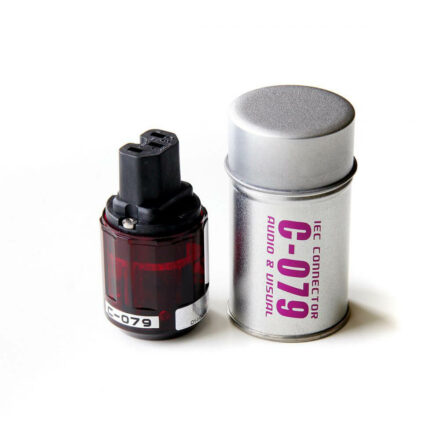
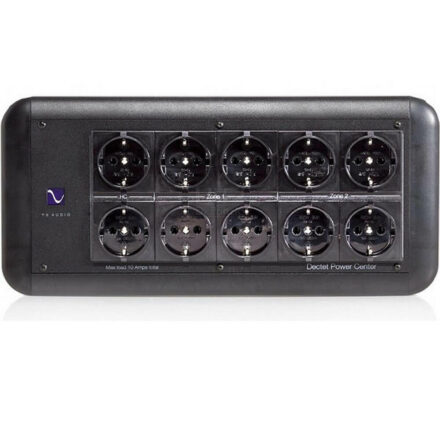
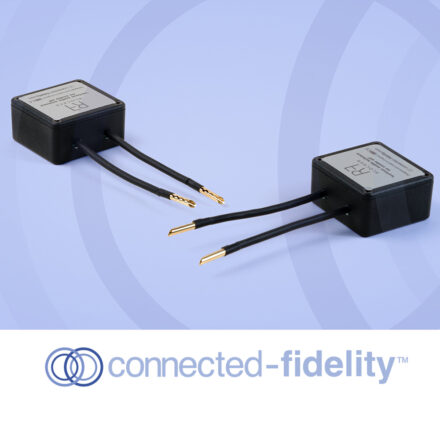
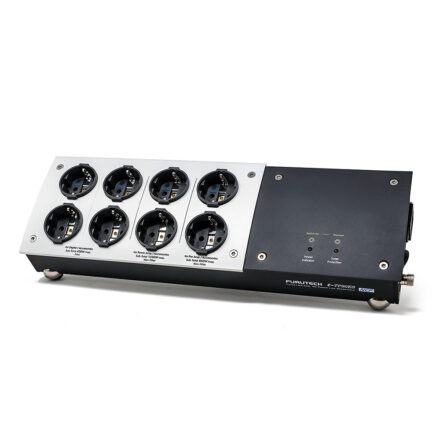
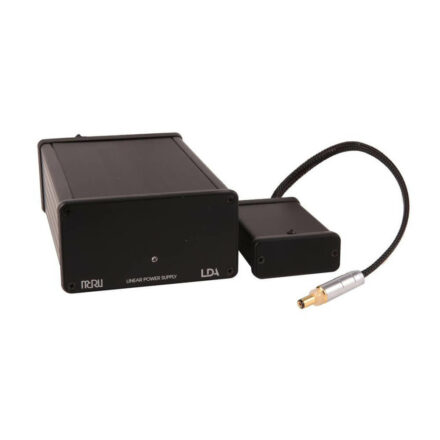
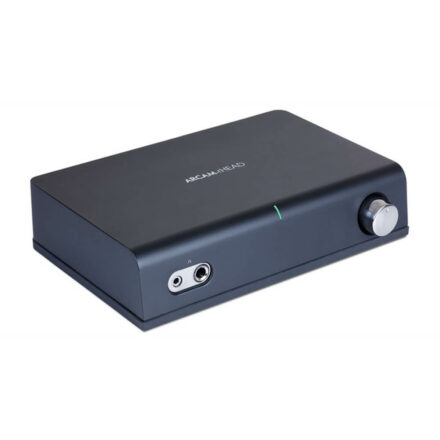
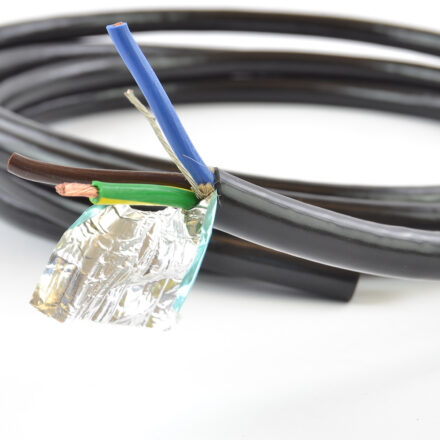
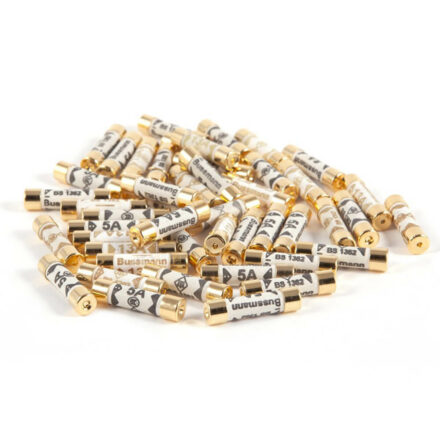
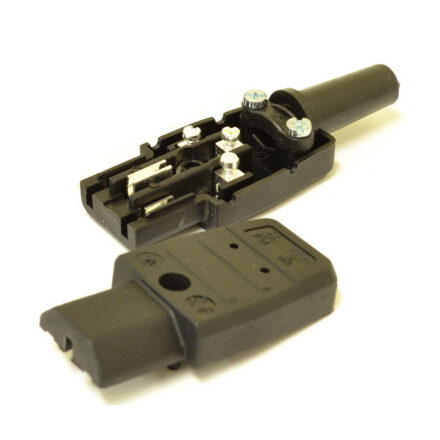
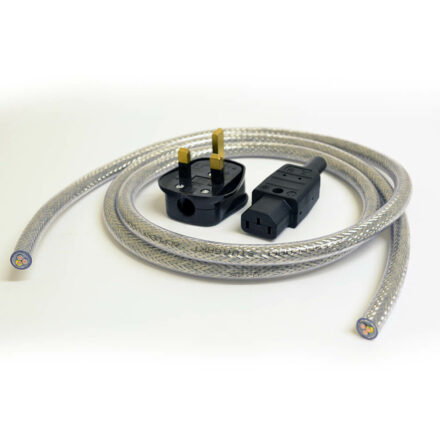

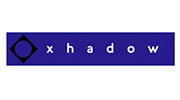
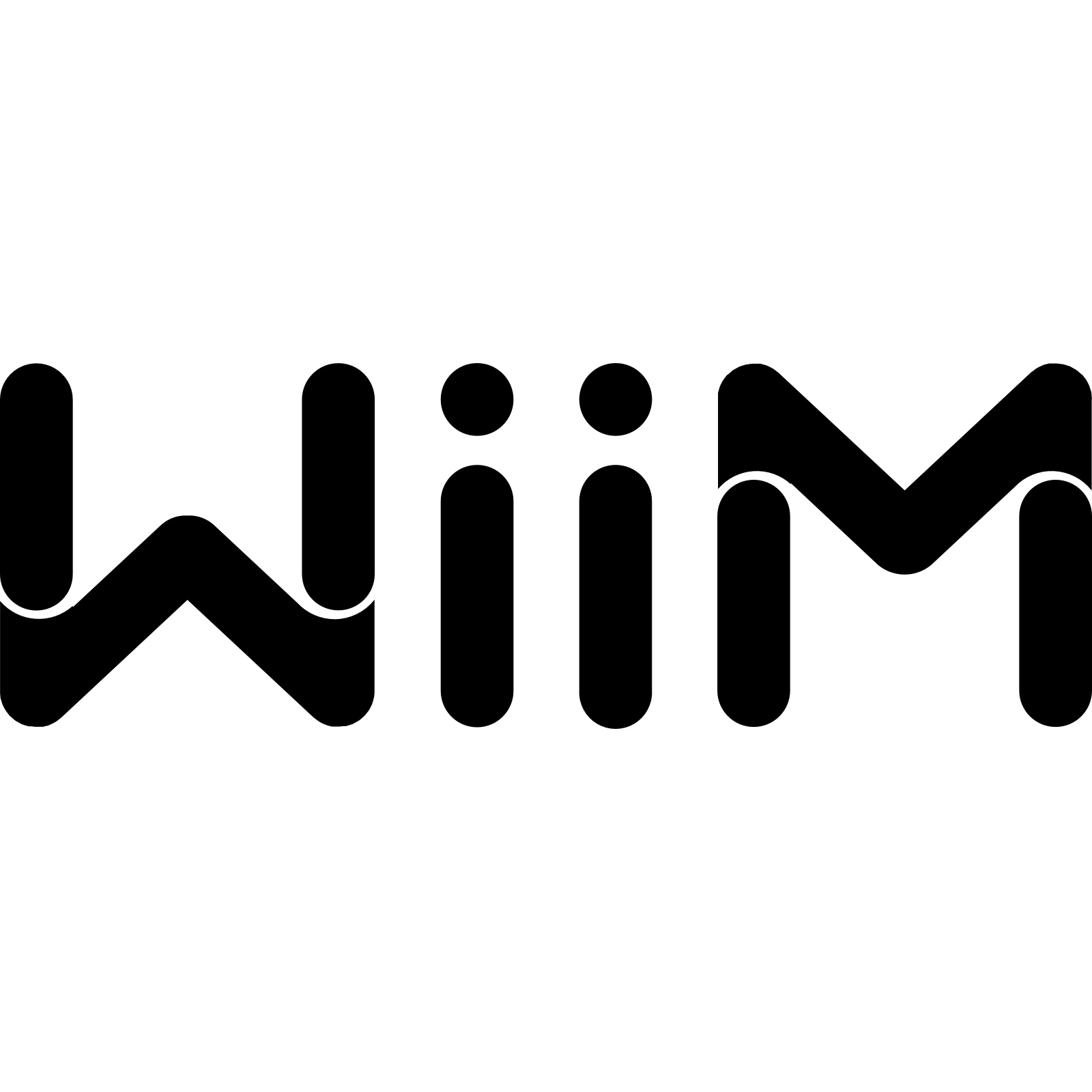



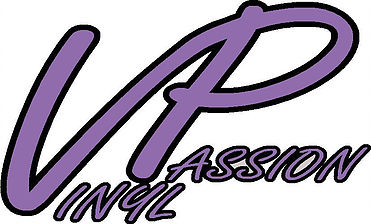


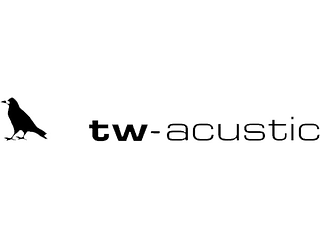



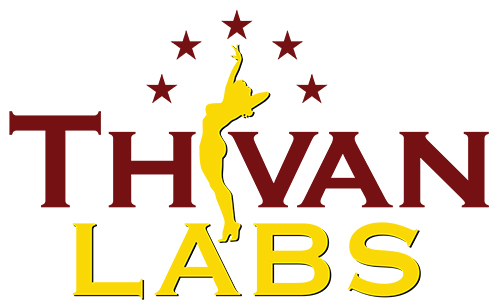



nwaoakes (verified owner) –
I spent several weeks of research reading reviews, numerous forum discussions and watching YouTube videos before I ordered a Pinnacle Power supply for my Chord Qutest DAC. I considered various options around the same price such as Farad and PLiXiR and also cheaper options like Sbooster and the various MCRU options before finally settling on the Pinnacle having read the specs and found a very positive owner on the Naim forum who had tried other power supplies.
Excellent service from MCRU. I placed my order on the 29th August and it was dispatched on the 7th September.
I can’t praise the Pinnacle enough. Music seems to have more body to it and the sound stage has added width and height. I have a wide taste in music and have been impressed with everything I have had time to play so far, only about 20 hours use and I believe the unit takes a while to come fully on song.
My system – Wilson Benesch Actor speakers on IsoAcoustics GAIA isolation feet, Chord Signature XL cables, Sarum-T jumper cables, Chord Signature XL interconnects, Coda Technologies 05X preamp and CSX stereo power amp. Source is Audiolab 6000CDT with DH-Labs Glass Master toslink or DH-Labs Siver Sonic D750 to the Qutest Dac.
With the 30 day return policy it was a no brainer for me. The Pinnacle will not be going back!